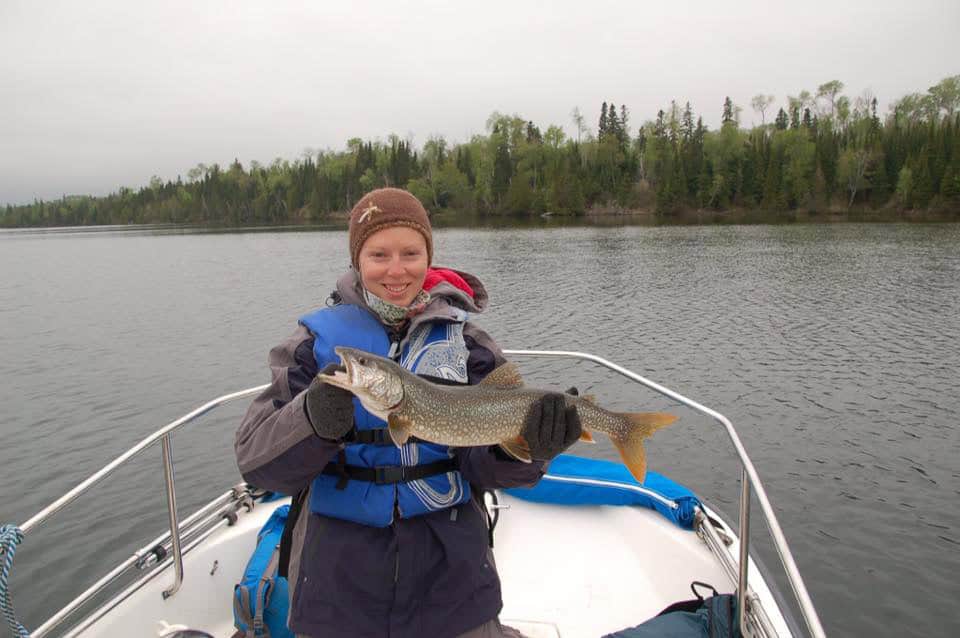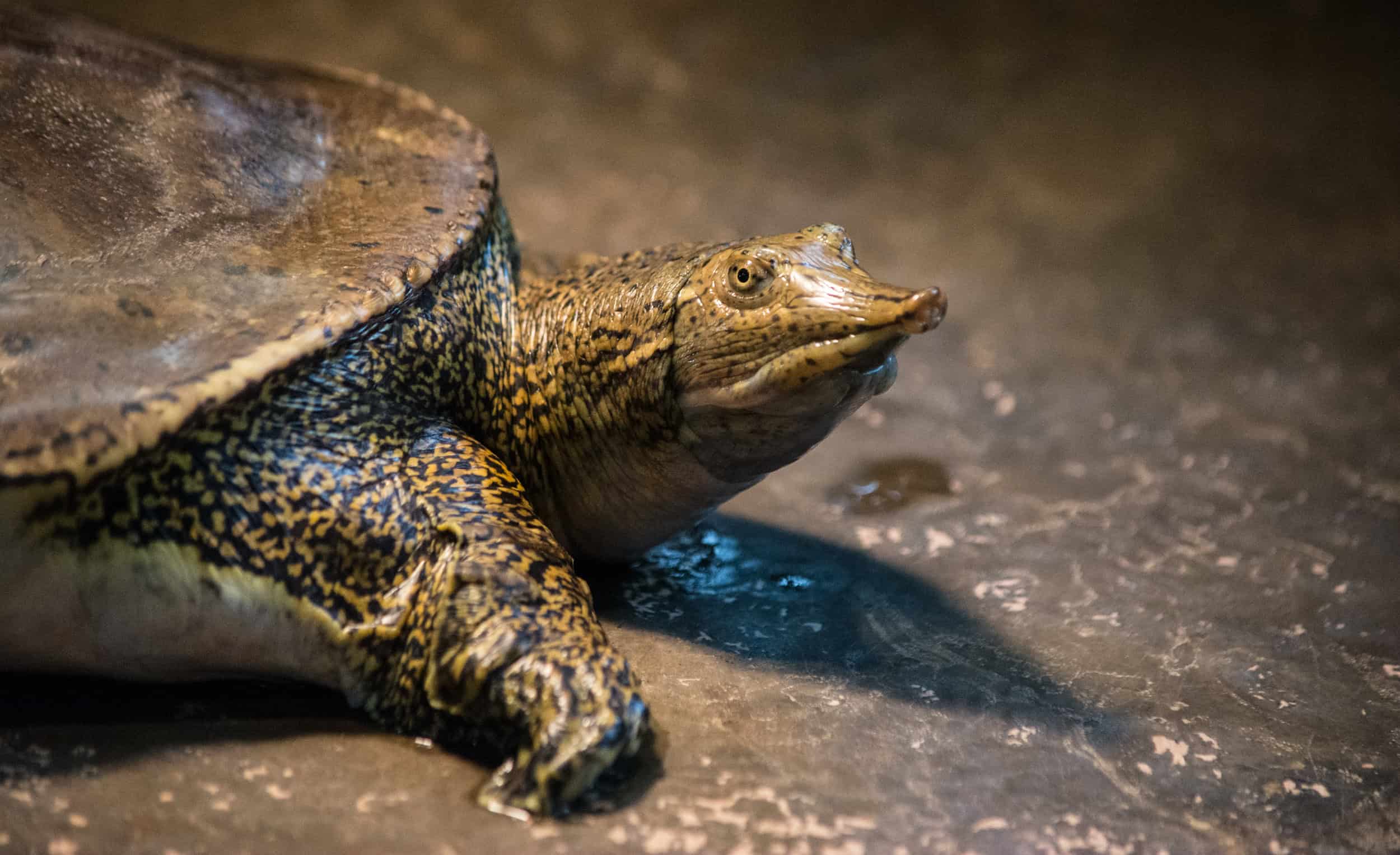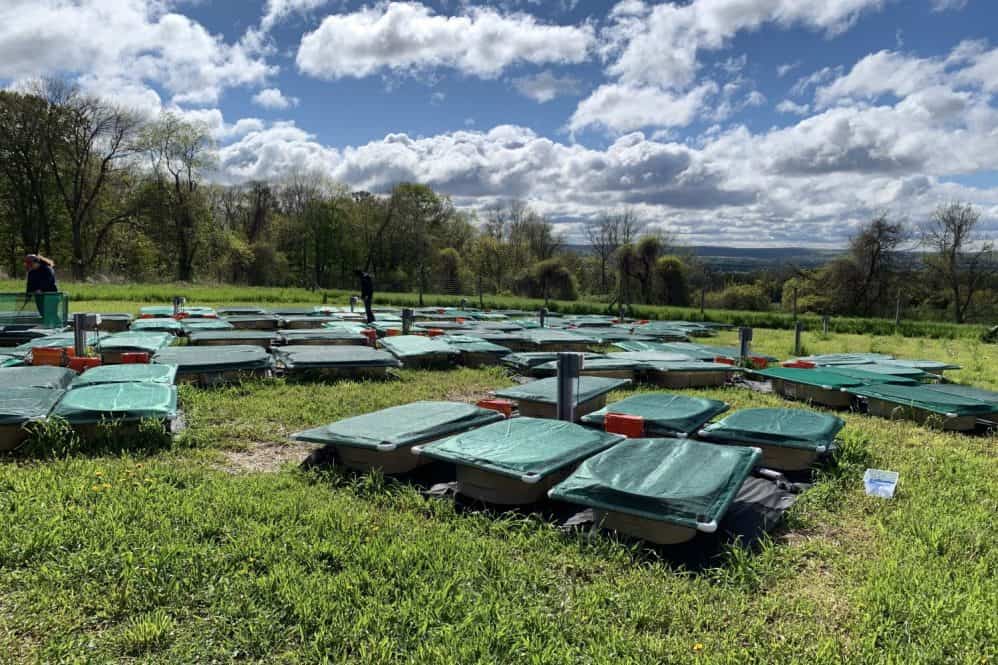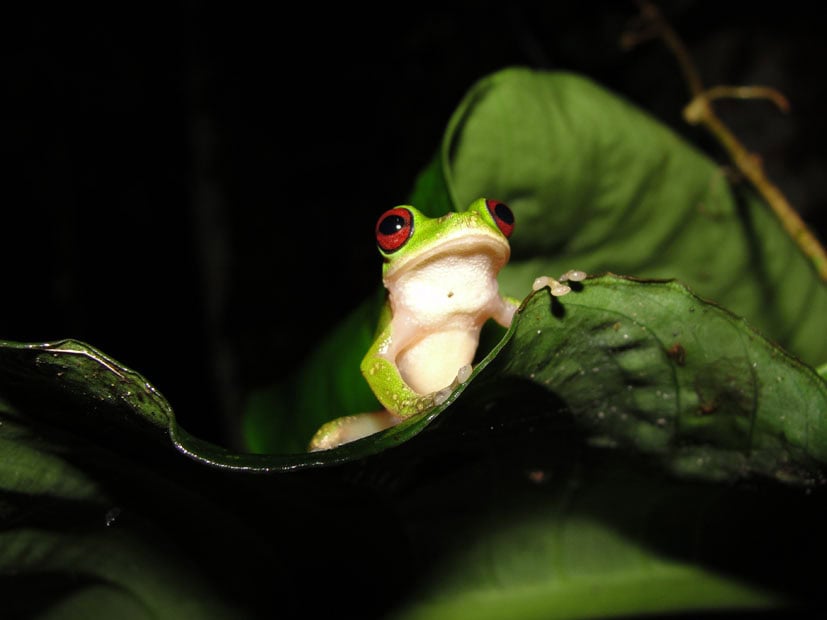Share this article
Wildlife Vocalizations: Exploring the balance between humans and wildlife
For TWS member Ellen Candler, wolf controversies awoke an interest in wildlife
It was not so much a single event that made me want to get into wildlife research, but a combination of moments.
I grew up in Idaho in a family that enjoyed hiking, fishing, boating and hunting. I remember building “daycares” in the snow for fish we had caught through the ice and spending late nights packaging meat from an elk my dad hunted in the fall.
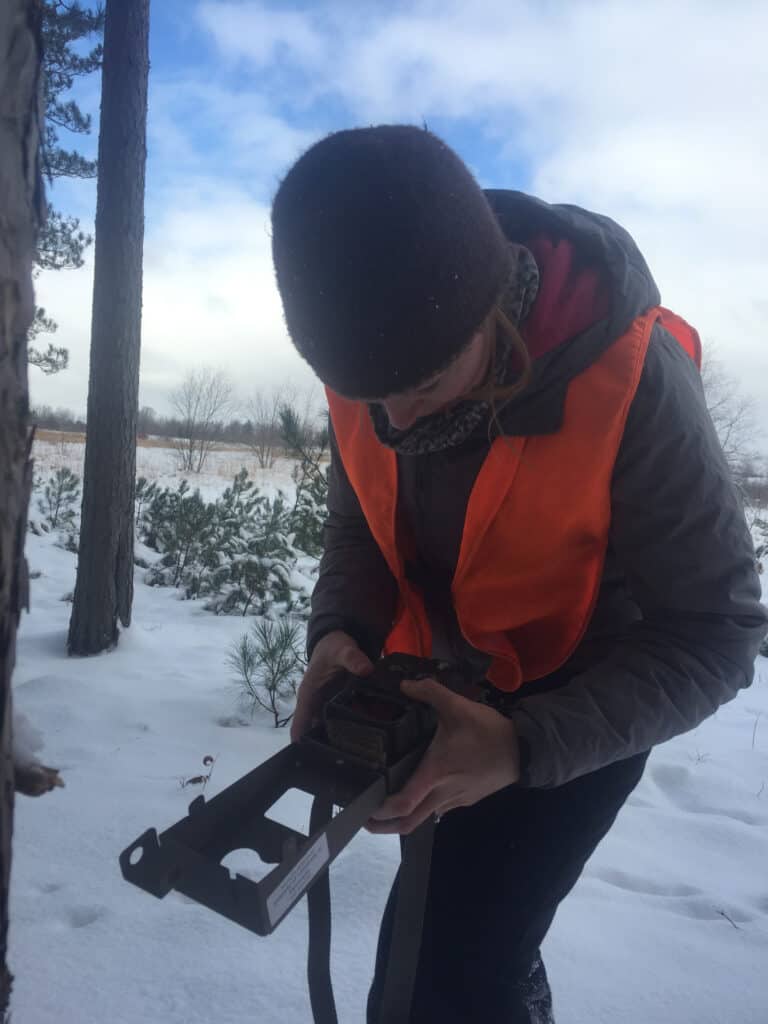
We also spent time walking around marshes looking for birds and driving through national parks trying to spot the first ungulate in order to win a milkshake.
In elementary school, my closest friend was part of a ranching family. We would occasionally ride horses and watch rodeo events. We took off school to participate in her family’s branding day along with, it seemed, the rest of the ranchers in the valley. I loved that experience and being welcomed into that community.
When I was 5, wolves were reintroduced to Yellowstone and central Idaho and I was surrounded by the news and controversy of that. Growing up in a hunting family, having friends in the ranching community and loving wildlife in the midst of this major event shaped my interest in wildlife biology. I wanted to learn more about wolves—not only what they need to live but what it will take for us to live with them.
These events have shaped my interest in wildlife-human interactions, specifically hunter-wildlife interactions.
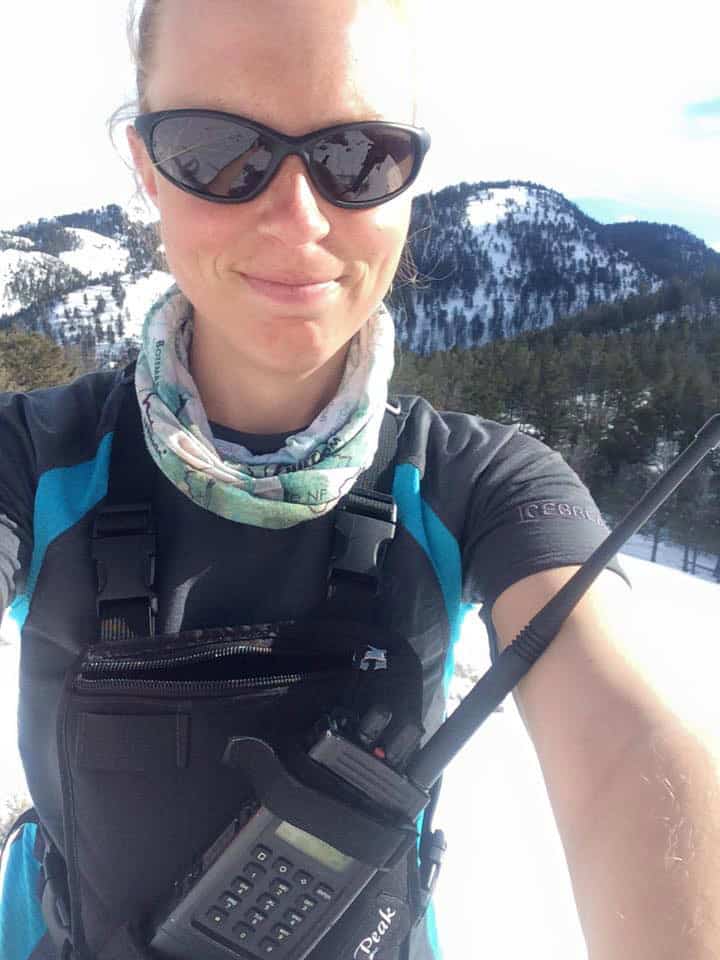
Header Image: Ellen Candler holds a lake trout she caught at Isle Royale National Park in Michigan. Credit: Joseph Bump



